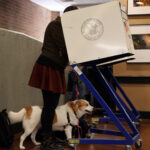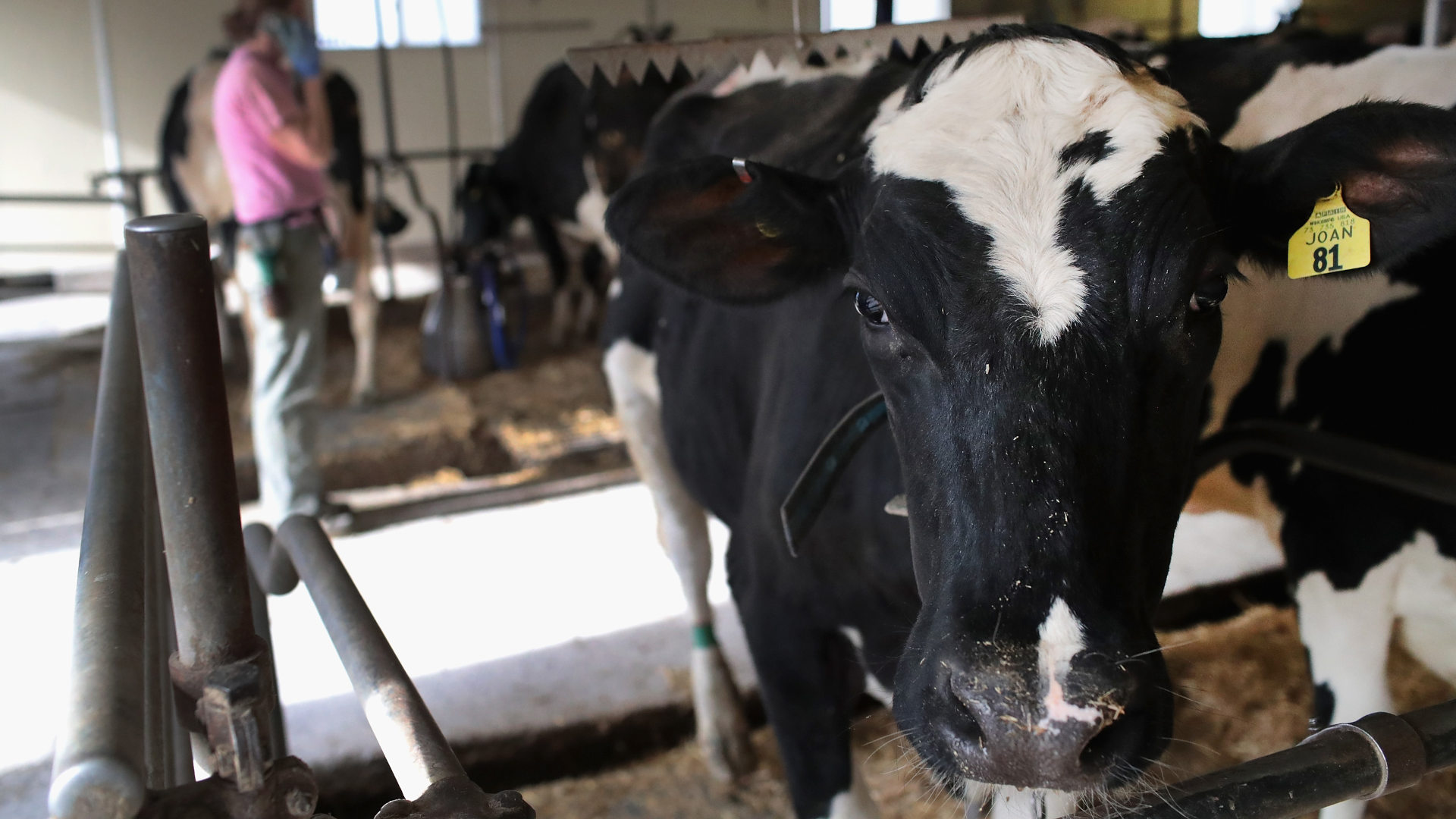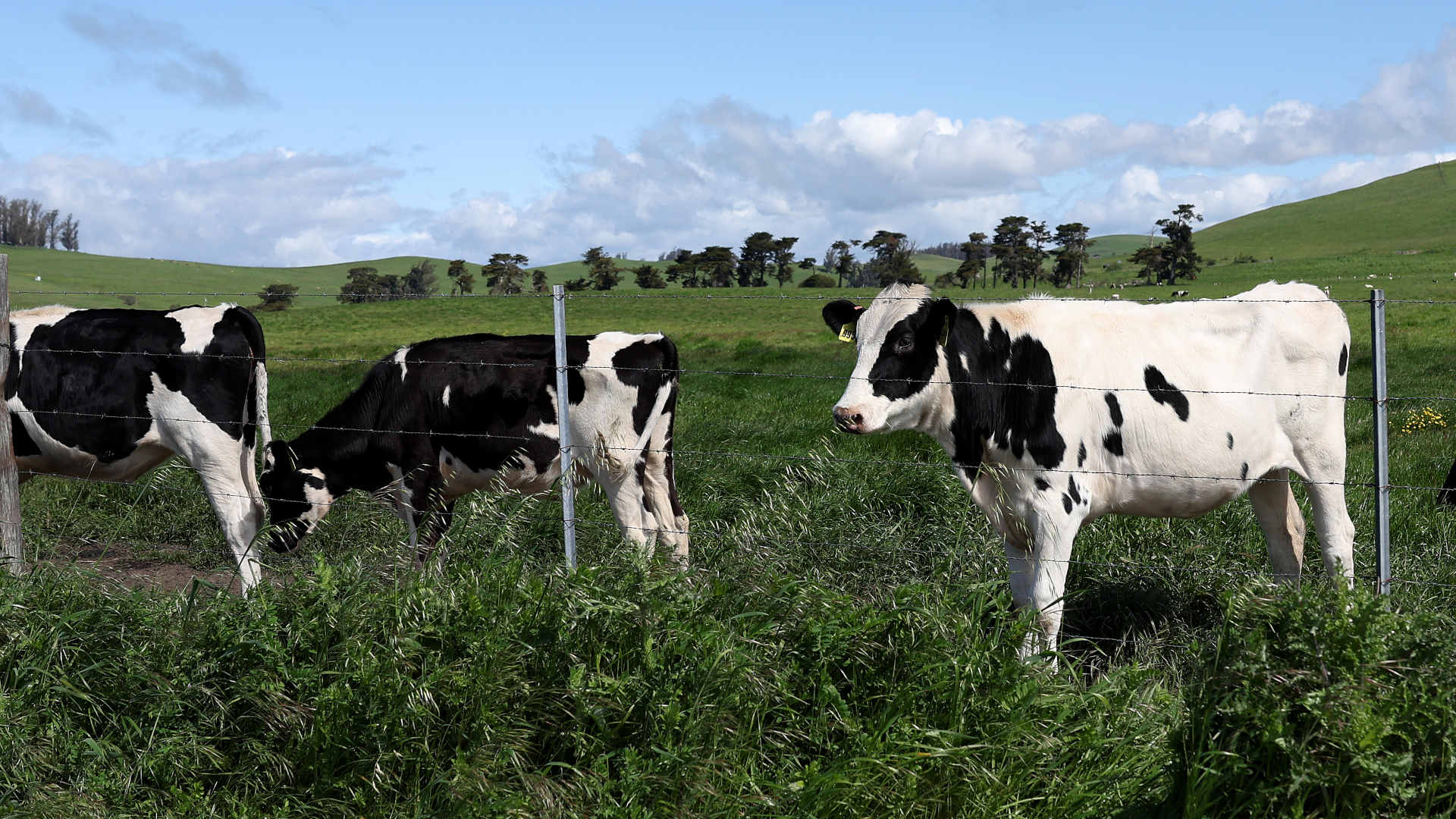Interview: How Michigan Targeted Avian Influenza in Dairy Cattle
In June, the Detroit Free Press described Michigan as ground zero for the spread of avian influenza among dairy cattle. At the time, the state had tallied more outbreaks than any other, but this wasn’t entirely bad news. Experts suggested that the high infection rate likely stemmed from an early and aggressive approach to testing.
That approach grew out of the state’s history of dealing with chemical contamination and infectious disease outbreaks, such as bovine tuberculosis, that threaten both animal and public health, said Kimberly Dodd, dean of Michigan State University’s College of Veterinary Medicine. Today, the state takes an approach known as One Health, which recognizes that human health is intertwined with that of plants, other animals, and the environment. Leaders from several state agencies meet monthly, along with veterinary medicine experts from the Michigan State University, to keep an eye on emerging issues.
After H5N1 appeared in the state’s dairy cattle, one of those leaders — Tim Boring, director of the Michigan Department of Agriculture and Rural Development, or MDARD — declared an animal health emergency that required strict biosecurity measures on dairy farms as well as on poultry farms, which have been the site of past H5N1 outbreaks.
Boring said he additionally encouraged the U.S. Department of Agriculture to compensate farmers for losses due to H5N1. (Compensation is now available through a preexisting federal program.) And Michigan has offered up to $28,000 to individual farms that agree to participate in H5N1 research studies. “We worked really hard to provide value to farms,” said Boring. He added, “I think that sets us apart in some ways.”
Undark recently spoke with Boring and Natasha Bagdasarian, the state’s chief medical executive, about the state’s H5N1 response.
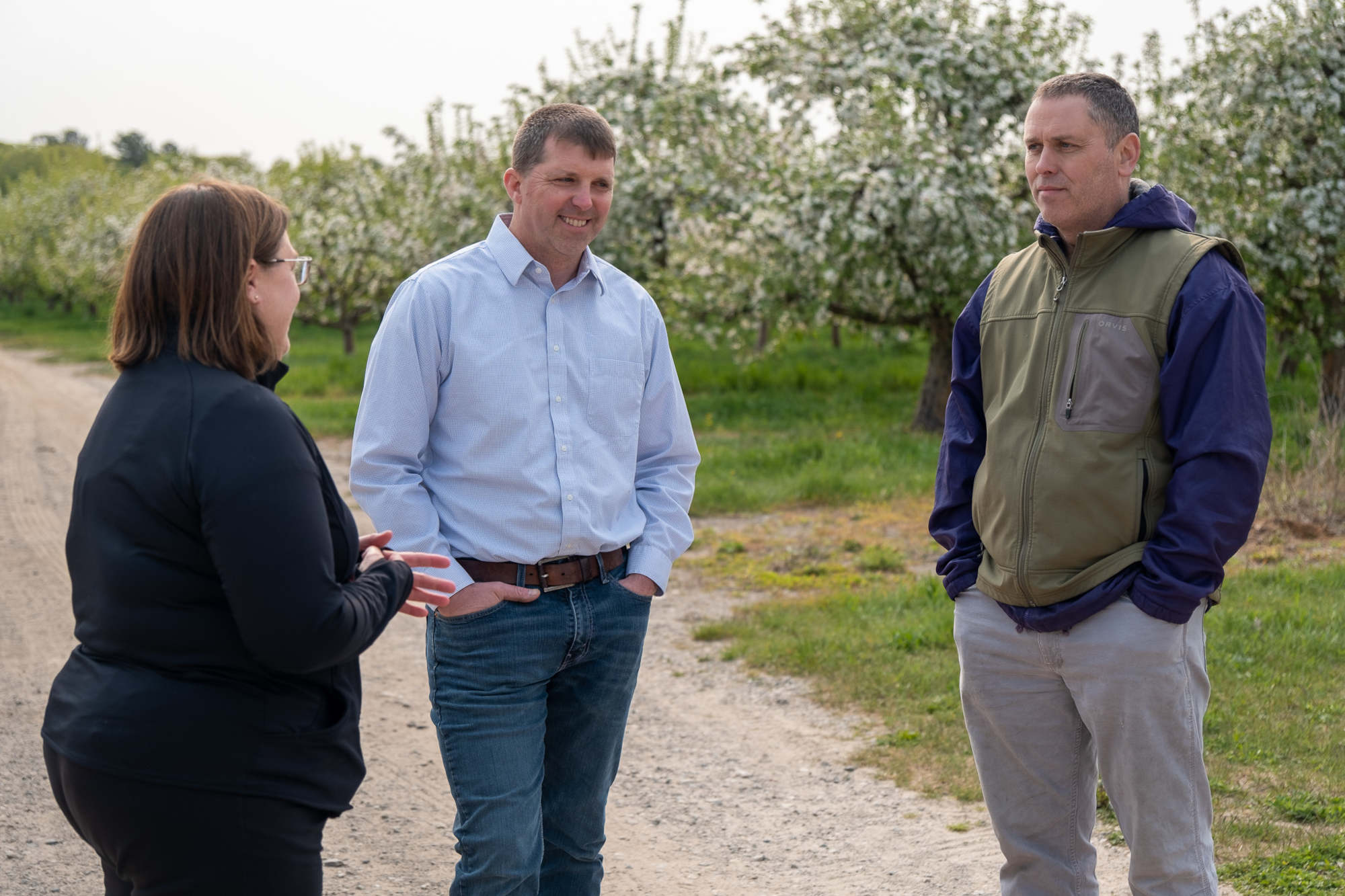
Undark: Why was Michigan able to initiate relatively timely testing of cows and humans?
Tim Boring: We’ve got a really strong dairy industry here in Michigan, and on a daily basis we’re close partners with the stakeholder and industry groups. So that confirmation of H5N1 on a farm here in Michigan resulted in a lot of close communication with partners early on, talking about what the potential issues with this disease outbreak are, the economic ramifications to farms.
Natasha Bagdasarian: If I can sum this up in a single word, it’s “relationships.’’ On the human health side of things, we learned a lot through the Covid-19 pandemic. I think one of the key takeaways has been building those relationships with community partners and with local health departments. And one of the things we’ve been doing since I took this job in 2021 is working on communicating, and over-communicating, with all of our partners and stakeholders.
They, in turn, have been working on their relationships with their local communities. Covid was a very fraught time, and I think we realized that you don’t want to be building new relationships during a time of crisis. You want to have those connections established ahead of time.
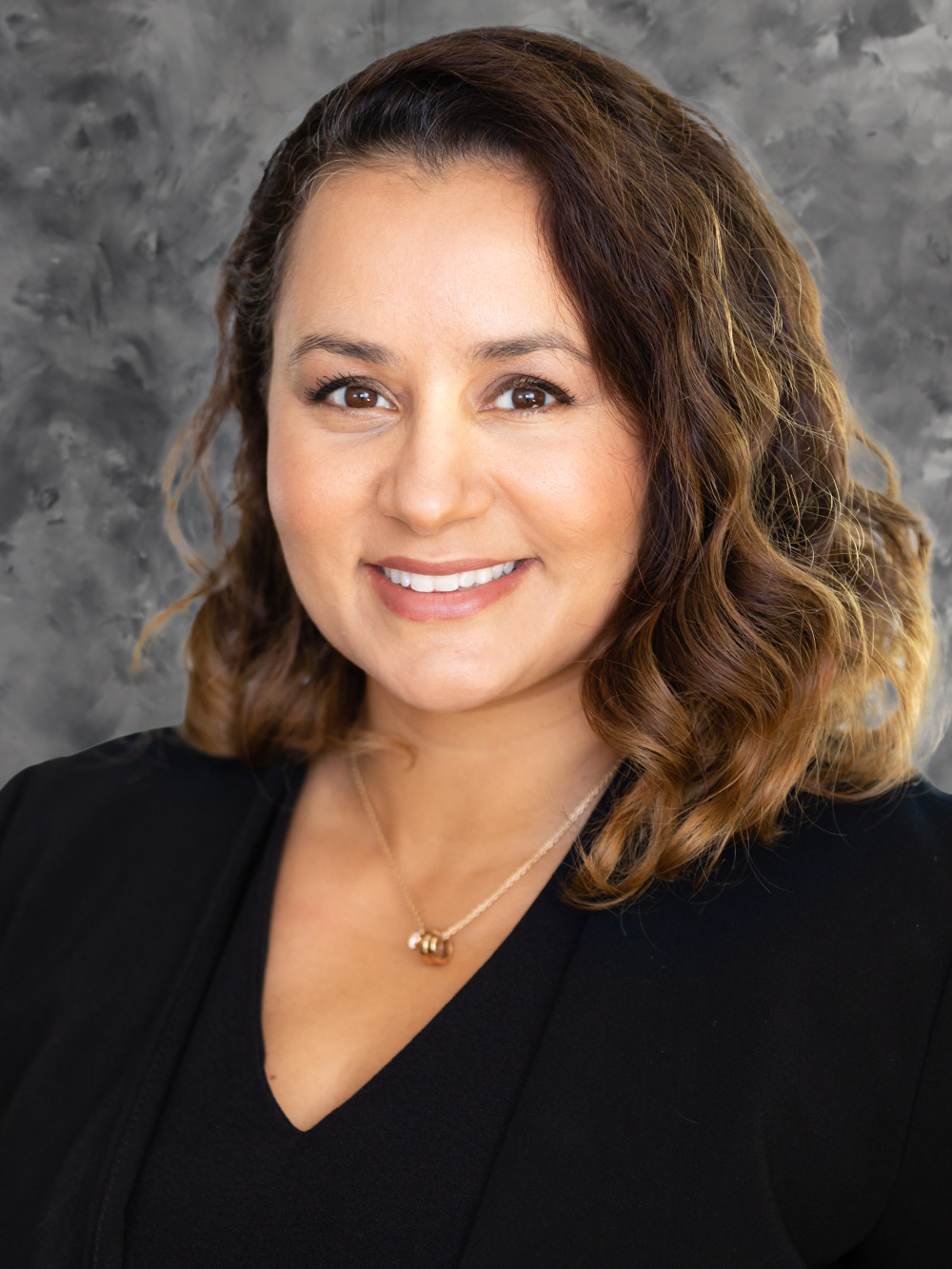
Natasha Bagdasarian is Michigan’s chief medical executive.
Visual: Courtesy of Michigan DHHS
UD: Some states reportedly have struggled to persuade dairies to participate in testing efforts. Has this been an issue at all in Michigan? And if so, how are you dealing with it?
Boring: We worked closely with USDA to build out a rapid indemnification response to this, knowing that there’s some significant economic impacts to dairies affected. We talked a lot about this One Health approach, why it’s so important to make sure that we know where positive farms are, so that we’re monitoring human health. Again, it goes back to relationships.
UD: What does indemnification entail?
Boring: The poultry operations follow USDA’s Red Book in responding to confirmations of [avian influenza] on farms. That’s a very well-vetted, detailed plan of how you deal with the virus, how you eradicate it, how you repopulate farms.
There isn’t necessarily the same kind of playbook here on the dairy side. We’re still only a few months into this outbreak. But USDA provides financial assistance to the poultry operations that are working through these impacts, knowing that there’s economic impacts — right? You’re depopulating flocks. There’s costs associated with all of this.
So we here in Michigan talked early on with USDA about building up similar assistance programs for farms. That came to fruition in this ELAP program, the Emergency Livestock Assistance Program. Our $28,000 package utilized some existing emergency response funding we have here on the state level and paired that up with research.
UD: Can you talk more about the research studies that are currently being done?
Boring: I can start with the animal side of that. We’ve worked really closely with Michigan State University and their vet diagnostic lab — the veterinary science division over there — about building out layered studies on farms to understand how the virus is spreading within a farm population. The longitudinal work of: Where is the virus detected? How does it seem to spread from cow to cow?
We’ve worked with USDA partners really closely about building out the better understanding of how the virus is moving from farm to farm as well. And so that becomes a lot of epidemiology work.
So our testing procedures, here in Michigan and national, for that matter: A suspect farm will send a sample into the state health diagnostic lab. For us, that’s Michigan State’s laboratory. A confirmation of a non-negative then sends it out to the national vet diagnostic lab, where they confirm that. And then they run whole genome sequencing.
That really gives us a deep understanding of the commonalities between viral strains from farm to farm, and it puts together this piece to us of how the virus seems to be moving.
But we’ve also worked on a lot of human health work here in an important way.
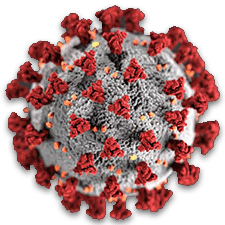
For all of Undark’s coverage of the global Covid-19 pandemic, please visit our extensive coronavirus archive.
Bagdasarian: Many of the animal studies are very informative to the human health side of things as well. So, for example, there are academic partners — Michigan State, for example — that are looking at viral shedding in milk.
It’s important for us on the human side to really understand when humans are at greatest risk. Is there greatest shedding at a certain time period? Is there a time period when the majority of the herd seems to have cleared massive amounts of viral shedding? Because I think all of those things really impact human health.
We have been working with CDC on serology studies looking at folks who have not been flagged as having symptoms but they have contact with impacted dairy herds. And in our Phase 1 study, which I think was 35 individuals, all participants were seronegative, which is actually a really positive sign, and it tells us that, for the most part, it appears that our symptomatic surveillance seems to be working.
UD: How do you find the people who are symptomatic?
Bagdasarian: When we’re informed of a positive farm, the local health department makes contact with the owner or manager of that farm, and then they have some sort of cadence for routine check-ins, asking folks if they’re symptomatic.
It’s worked differently with different local health departments and different farms, just depending on what meets their needs. But some of them have used automated text messages, where you get a text message every day saying, “Has anyone had any of the following symptoms,’’ and you just reply “yes” or “no.”
Some of the farms and local health departments have used just phone calls to check in. It’s really a matter of us relying on folks to tell us if they’re symptomatic, and if they have any symptoms — including really mild symptoms, such as a mild sore throat or red itchy eyes, which can sometimes be from other things. So far, people have been really forthcoming and have shared that information with us.
UD: Are there any lessons that you’ve learned over the past few months while addressing H5N1 on dairy farms? In retrospect, is there anything that you might have done differently?
Boring: We’ve learned a lot about the fact that this was a disease that’s primarily in lactating dairy cows. In those early days, when everything is a priority, it lessens the individual priorities on those specific things, right? The understanding of just where the virus is specifically located; the types of exposure from a human aspect that are the highest risk here; that understanding that the food supply does remain safe, and the pasteurization is a viable protection method against this virus.
So, you know, with the benefit of some of this information, being able to really focus those efforts would always be nice. But I think with where we’ve landed, and the path we’ve been on here, I think we’ve been at a pretty good spot.
Bagdasarian: I can highlight something that I think we did where we were able to pivot pretty quickly and learn from previous experiences. That is making sure that on the human side of things, that our public health guidance actually works for people in practical settings.
There is guidance on personal protective equipment on dairy farms; it’s national guidance that talks about wearing full personal protective equipment, including a bouffant cap and an N95 face mask, and essentially just head-to-toe covering.
One of the things that we did very quickly is, after speaking to our folks, to our colleagues at MDARD, is realizing that there are real practical implications on the ground and practical obstacles to that type of PPE [personal protective equipment] on the ground. I think we were definitely the first state, and maybe one of the only states, where we got our state public health folks — I went personally — to farms and talked to the farm owners and to the farmworkers.
That was made possible because Tim [Boring] has such a great relationship with the farm owners. They very graciously let me come on and see what it’s like to actually milk cows, and to see what it would be like to milk cows in full PPE. We very quickly were able to adapt our messaging and make sure that our public health messaging focused on “protect your face,” and really, “protect your eyes, nose, and mouth,” which is where we’re going to see episodes of human transmission happening.
This is a lesson that I think Michigan learned very, very quickly early on. Again, the foundation is relationships. It’s because we had such a great relationship with MDARD and with Tim, and he had such a great relationship with the farm owners, that they allowed us to go on and get a hands-on; I actually milked cows on a couple of dairy farms. It allowed us to give really focused and tailored guidance, which I think not many other states can say that they’ve done.
UD: Is there anything else you’d like to add?
Boring: This One Health approach has really served us well. We’ve got a spirit of cooperation here on the state level. We’ve been able to leverage a lot of these federal partnerships really effectively about building out this response in real time here in Michigan.
Bagdasarian: I will add that this One Health approach is going to become more important as time goes on. We are seeing a resurgence in many vector-borne diseases that are also zoonoses. One example of that is EEE [Eastern equine encephalitis]. And as we see those diseases becoming more prevalent in other states, as we see patterns shifting in our own state, we have to be very mindful and keep this One Health approach as the backbone to our response.
UPDATE: A photo previously accompanying this piece showed beef cattle in a field. It was been replaced with an image of dairy cows.




